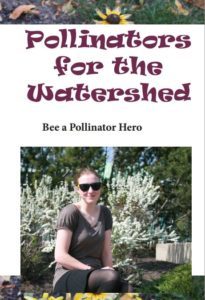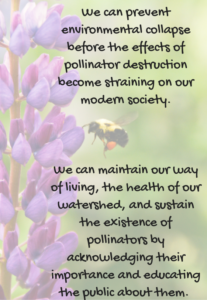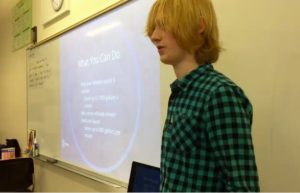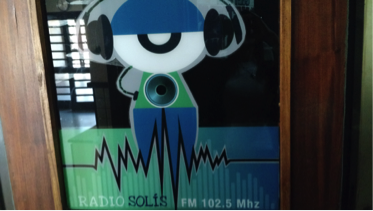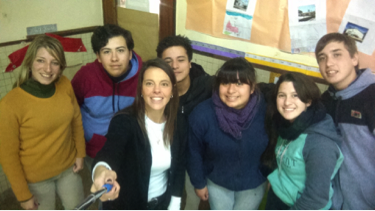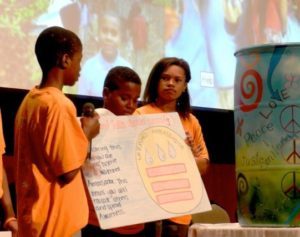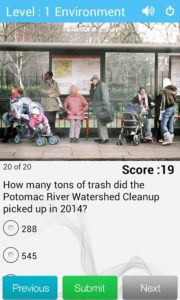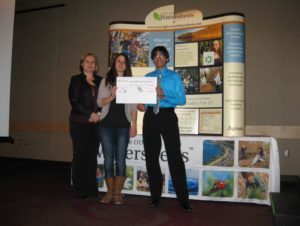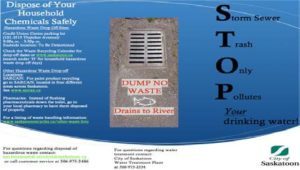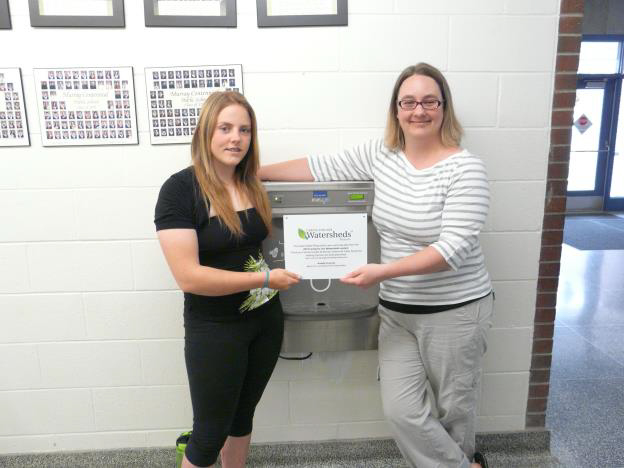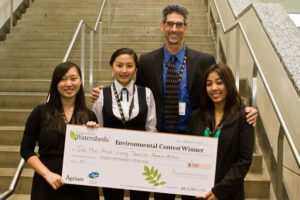2015 Calgary, Alberta, Canada
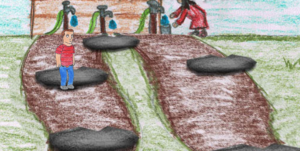
The 9th place winners of the 2014 Caring for Our Watersheds competition were Maddie Catling and Sarah Abt from St. James School. As part of their Global Leadership Class, these students were involved with the development of a web game entitled “Game for Change”.
This game teaches people about global environmental issues, including the state of our watersheds. The objective of the game is to reach a certain standard of living so you can sustain your life. The more developed the country you choose, the easier it is to reach this sustainable level. You ‘win’ when you have: 50 Health Points, 50 Water Points, 30 Education Points, $75 Global Bucks or a biosand filter or plumbing. Once players complete the game, they can visit the “actions you can take” page for lesson plans, stewardship information and ideas about how to decrease environmental footprints.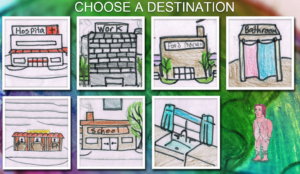
Through the development of the “Game For Change”, students from St. James school not only learned about their local watershed and environmental stewardship, they were able to educate people worldwide about the state of our watershed and how to have a positive impact on the environment regardless or economic status or geographic area.
